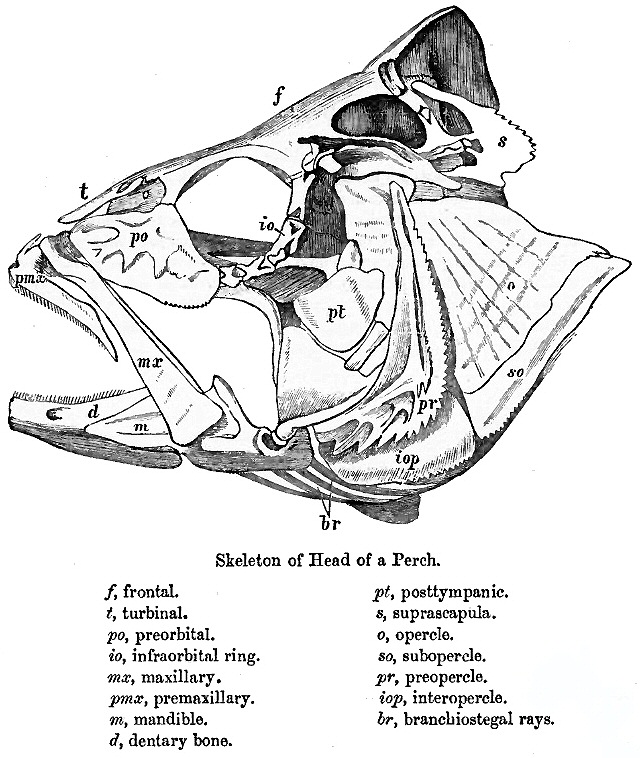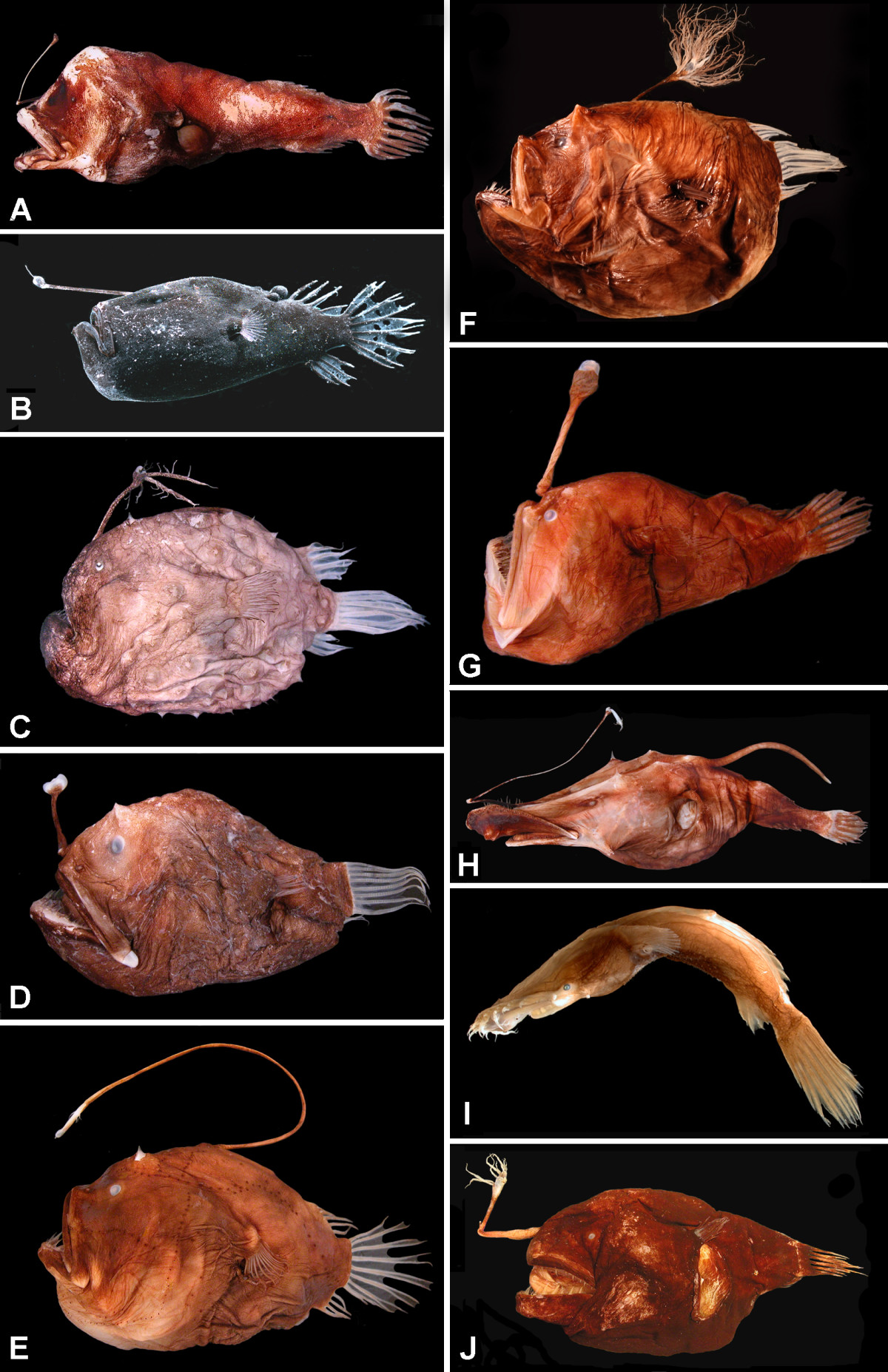|
Ctenosquamata
The Neoteleostei is a large clade of bony fish that includes the Ateleopodidae (jellynoses), Aulopiformes (lizardfish), Myctophiformes (lanternfish), Polymixiiformes (beardfish), Percopsiformes (Troutperches), Gadiformes (cods), Zeiformes (dories), Lampriformes (oarfish, opah, ribbonfish), and the populous clade of the Acanthopterygii which includes the Beryciformes (squirrelfish) and the Percomorpha (many families such as the tuna, seahorses, gobies, cichlids, flatfish, wrasse, perches, anglerfish, pufferfish Tetraodontidae is a family of primarily marine and estuarine fish of the order Tetraodontiformes. The family includes many familiar species variously called pufferfish, puffers, balloonfish, blowfish, blowies, bubblefish, globefish, swellfi ...). References {{Taxonbar, from=Q1977650 Fish superorders Euteleostei ... [...More Info...] [...Related Items...] OR: [Wikipedia] [Google] [Baidu] |
Myctophiformes
The Myctophiformes are an order of ray-finned fishes consisting of two families of deep-sea marine fish, most notably the highly abundant lanternfishes (Myctophidae). The blackchins (Neoscopelidae) contain six species in three genera, while the bulk of the family belongs to the Myctophidae, with over 30 genera and some 252 species.Nelson (2006): p.223 The scientific name ultimately derives from Ancient Greek ''myktér'' (μυκτήρ, "nose") + ''óphis'' (ὄφῖς, "serpent") + Latin ''forma'' ("external form"), the Greek part in reference to the long, slender, and heavy-headed shape of these fishes. Description and ecology These smallish fishes inhabit the pelagic and benthopelagic zones of the deep sea. They are laterally compressed and usually have photophores (light organs). The eyes are large, in some decidedly huge, and generally directed straight sideways. The mouth also quite large and located at the tip of the snout; its gape extends to below the eyes or even beyon ... [...More Info...] [...Related Items...] OR: [Wikipedia] [Google] [Baidu] |
Teleostei
Teleostei (; Greek ''teleios'' "complete" + ''osteon'' "bone"), members of which are known as teleosts ), is, by far, the largest infraclass in the class Actinopterygii, the ray-finned fishes, containing 96% of all extant species of fish. Teleosts are arranged into about 40 orders and 448 families. Over 26,000 species have been described. Teleosts range from giant oarfish measuring or more, and ocean sunfish weighing over , to the minute male anglerfish '' Photocorynus spiniceps'', just long. Including not only torpedo-shaped fish built for speed, teleosts can be flattened vertically or horizontally, be elongated cylinders or take specialised shapes as in anglerfish and seahorses. The difference between teleosts and other bony fish lies mainly in their jaw bones; teleosts have a movable premaxilla and corresponding modifications in the jaw musculature which make it possible for them to protrude their jaws outwards from the mouth. This is of great advantage, enabling them to ... [...More Info...] [...Related Items...] OR: [Wikipedia] [Google] [Baidu] |
Percomorpha
Percomorpha () is a large clade of ray-finned fish that includes the tuna, seahorses, gobies, cichlids, flatfish, wrasse, perches, anglerfish, and pufferfish. Evolution Percomorpha are the most diverse group of teleost fish today. Teleosts, and percomorphs in particular, thrived during the Cenozoic era. Fossil evidence shows that there was a major increase in size and abundance of teleosts immediately after the mass extinction event at the Cretaceous-Paleogene boundary ca. 65 Ma ago. Phylogeny External relationships The two cladograms below are based on Betancur-R ''et al.'', 2017. Percomorphs are a clade of teleost fishes. The first cladogram shows the interrelationships of percomorphs with other living groups of teleosts. Internal relationships The following cladogram shows the evolutionary relationships of the various groups of extant Extant is the opposite of the word extinct. It may refer to: * Extant hereditary titles * Extant literature, surviving liter ... [...More Info...] [...Related Items...] OR: [Wikipedia] [Google] [Baidu] |
Aulopiformes
Aulopiformes is a diverse order of marine ray-finned fish consisting of some 15 extant and several prehistoric families with about 45 genera and over 230 species. The common names grinners, lizardfishes and allies, or aulopiforms are sometimes used for this group. The scientific name means "''Aulopus''-shaped", from '' Aulopus'' (the type genus) + the standard fish order suffix "-formes". It ultimately derives from Ancient Greek ''aulós'' (αὐλός, "flute" or "pipe") + Latin ''forma'' ("external form"), the former in reference to the elongated shape of many aulopiforms.FishBase (2000) They are grouped together because of common features in the structure of their gill arches. Indeed, many authors have considered them so distinct as to warrant separation in a monotypic superorder of the Teleostei, under the name Cyclosquamata. However, monotypic taxa are generally avoided by modern taxonomists if not necessary, and in this case a distinct superorder seems indeed unwarran ... [...More Info...] [...Related Items...] OR: [Wikipedia] [Google] [Baidu] |
Tetraodontiformes
The Tetraodontiformes are an order of highly derived ray-finned fish, also called the Plectognathi. Sometimes these are classified as a suborder of the order Perciformes. The Tetraodontiformes are represented by 10 extant families and at least 349 species overall; most are marine and dwell in and around tropical coral reefs, but a few species are found in freshwater streams and estuaries. They have no close relatives, and descend from a line of coral-dwelling species that emerged around 80 million years ago. Description Various bizarre forms are included here, all radical departures from the streamlined body plan typical of most fishes. These forms range from nearly square or triangular ( boxfishes), globose (pufferfishes) to laterally compressed (filefishes and triggerfishes). They range in size from ''Rudarius excelsus'' (a filefish), measuring just in length, to the ocean sunfish, the largest of all bony fishes at up to in length and weighing over 2 tonnes. Most members o ... [...More Info...] [...Related Items...] OR: [Wikipedia] [Google] [Baidu] |
Flatfish
A flatfish is a member of the ray-finned demersal fish order Pleuronectiformes, also called the Heterosomata, sometimes classified as a suborder of Perciformes. In many species, both eyes lie on one side of the head, one or the other migrating through or around the head during development. Some species face their left sides upward, some face their right sides upward, and others face either side upward. Many important food fish are in this order, including the flounders, soles, turbot, plaice, and halibut. Some flatfish can camouflage themselves on the ocean floor. Taxonomy Over 800 described species are placed into 16 families. Broadly, the flatfishes are divided into two suborders, Psettodoidei and Pleuronectoidei, with > 99% of the species diversity found within the Pleuronectoidei. The largest families are Soleidae, Bothidae and Cynoglossidae with more than 150 species each. There also exist two monotypic families ( Paralichthodidae and Oncopteridae). Some families ... [...More Info...] [...Related Items...] OR: [Wikipedia] [Google] [Baidu] |
Perciformes
Perciformes (), also called the Percomorpha or Acanthopteri, is an order or superorder of ray-finned fish. If considered a single order, they are the most numerous order of vertebrates, containing about 41% of all bony fish. Perciformes means "perch-like". Perciformes is an Order within the Clade Percomorpha consisting of "perch-like" Percomorphans. This group comprises over 10,000 species found in almost all aquatic ecosystems. The order contains about 160 families, which is the most of any order within the vertebrates. It is also the most variably sized order of vertebrates, ranging from the '' Schindleria brevipinguis'' to the marlin in the genus '' Makaira''. They first appeared and diversified in the Late Cretaceous. Among the well-known members of this group are perch and darters ( Percidae), sea bass and groupers (Serranidae). Characteristics The dorsal and anal fins are divided into anterior spiny and posterior soft-rayed portions, which may be partially or co ... [...More Info...] [...Related Items...] OR: [Wikipedia] [Google] [Baidu] |
Lophiiformes
The anglerfish are fish of the teleost order Lophiiformes (). They are bony fish named for their characteristic mode of predation, in which a modified luminescent fin ray (the esca or illicium) acts as a lure for other fish. The luminescence comes from symbiotic bacteria, which are thought to be acquired from seawater, that dwell in and around the sea. Some anglerfish are notable for extreme sexual dimorphism and sexual symbiosis of the small male with the much larger female, seen in the suborder Ceratioidei, the deep sea anglerfish. In these species, males may be several orders of magnitude smaller than females. Anglerfish occur worldwide. Some are pelagic (dwelling away from the sea floor), while others are benthic (dwelling close to the sea floor). Some live in the deep sea (such as the Ceratiidae), while others on the continental shelf, such as the frogfishes and the Lophiidae (monkfish or goosefish). Pelagic forms are most often laterally compressed, whereas the be ... [...More Info...] [...Related Items...] OR: [Wikipedia] [Google] [Baidu] |
Ijimaia Plicatellus1
''Ijimaia'' is a genus of jellynose fishes, one of four in the order Ateleopodiformes. Species The currently recognized species in this genus are: * ''Ijimaia antillarum'' Howell-Rivero, 1935 * ''Ijimaia dofleini'' Sauter, 1905 * ''Ijimaia fowleri'' Howell-Rivero, 1935 * ''Ijimaia loppei'' Roule, 1922 (Loppe's tadpole fish) * ''Ijimaia plicatellus ''Ijimaia plicatellus'' is a species of jellynose fish in the family Ateleopodidae The jellynose fishes or tadpole fishes are the small order Ateleopodiformes. This group of ray-finned fish is monotypic, containing a single family Ateleopodi ...'' ( C. H. Gilbert, 1905) (deepwater ateleopodid) References Ateleopodiformes {{rayfinned-fish-stub ... [...More Info...] [...Related Items...] OR: [Wikipedia] [Google] [Baidu] |
Gobies
Gobiidae or gobies is a family of bony fish in the order Gobiiformes, one of the largest fish families comprising more than 2,000 species in more than 200 genera. Most of gobiid fish are relatively small, typically less than in length, and the family includes some of the smallest vertebrates in the world, such as ''Trimmatom nanus'' and '' Pandaka pygmaea'', ''Trimmatom nanus'' are under long when fully grown, then ''Pandaka pygmaea'' standard length are , maximum known standard length are . Some large gobies can reach over in length, but that is exceptional. Generally, they are benthic or bottom-dwellers. Although few are important as food fish for humans, they are of great significance as prey species for other commercially important fish such as cod, haddock, sea bass and flatfish. Several gobiids are also of interest as aquarium fish, such as the dartfish of the genus '' Ptereleotris''. Phylogenetic relationships of gobiids have been studied using molecular data. D ... [...More Info...] [...Related Items...] OR: [Wikipedia] [Google] [Baidu] |








.jpg)